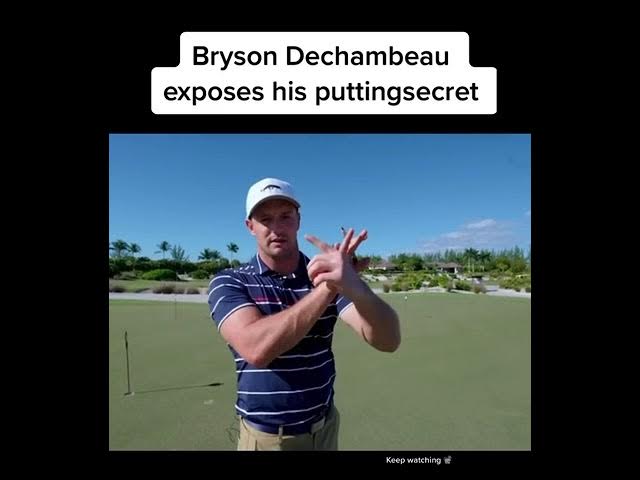Cart
0

Sub Title
WHAT IS DIMPLE DEFLECTION?
Golf balls have dimples. When a putter face strikes a golf ball on the edge of a DIMPLE this contact can/will DEFLECT the ball off of its intended line. This is called the DIMPLE EFFECT or DIMPLE DEFLECTION.
The Cushioning Effect of a Fisher Putter Kevflex Insert solves the issue of DIMPLE DEFLECTION. In fact the more dimples on the golf ball the more traction and control the Kevflex Insert creates. No other putter in the industry rolls a dimpled golf ball as straight as a Fisher Putter because of the patented Kevflex Insert.
Fisher Putters offers unique golf putters designed to enhance control. These are among the best putters available, effectively minimizing the impact of dimple deflection.
See what our Inventor Dr. Dale Fisher says about the USGA Conforming material and how it completely mitigates this hurdle:

There have been several articles/studies written and videos made on the subject matter of Dimple Deflection. Top professionals, including Bryson DeChambeau
and Victor Hovland mark their golf balls a certain way in order to minimize Dimple Deflection. Bryson’s remarks in a recent Youtube video are as follows – “If you hit the side of a dimple it could knock it off line” …… “This is the biggest secret I have learned in putting on how to launch a ball inside 5 feet.” (see full video)
and Victor Hovland mark their golf balls a certain way in order to minimize Dimple Deflection. Bryson’s remarks in a recent Youtube video are as follows – “If you hit the side of a dimple it could knock it off line” …… “This is the biggest secret I have learned in putting on how to launch a ball inside 5 feet.” (see full video)

There are also many physicists and short game specialists like Dave Pelz that subscribe to the science of the Dimple Effect. Excerpts and links from some of these studies are referenced below.
“Dimples and Direction” – There are two ways dimples can affect how—and where—a ball rolls. First, if the putter makes contact on the edge of a dimple rather than the smooth, spherical surface, the ball can rotate and start slightly off-line. This effect can be significant on short putts….. The larger the dimples and the harder the cover material, the more likely contact made on an edge will affect a putt’s roll.
(From the book Dave Pelz’s Putting Bible – Chapter 9 page 222 and 223)
“There is a nasty side effect to the dimples that seems to have escaped the attention of golfers until recently – dimpled golf balls are more difficult to putt ….
Dimpled Golf Balls help you achieve distance and spin from tee to green, but one physicist says they are costing you strokes on the putting surface” (See article for full study.) www.physics.usyd.edu.au/~cross/GOLF/Putting.pdf
“These dimples, however, may also be a detriment to putting performance. Due to the dimples, a golf ball is not perfectly spherical creating potential for the golf ball to rebound off the putter during impact at an unexpected angle”
https://repository.usfca.edu/cgi/viewcontent.cgi?article=1046&context=ess
Who Is Dr Dale Fisher?
“Dimples and Direction” – There are two ways dimples can affect how—and where—a ball rolls. First, if the putter makes contact on the edge of a dimple rather than the smooth, spherical surface, the ball can rotate and start slightly off-line. This effect can be significant on short putts….. The larger the dimples and the harder the cover material, the more likely contact made on an edge will affect a putt’s roll.
(From the book Dave Pelz’s Putting Bible – Chapter 9 page 222 and 223)
“There is a nasty side effect to the dimples that seems to have escaped the attention of golfers until recently – dimpled golf balls are more difficult to putt ….
Dimpled Golf Balls help you achieve distance and spin from tee to green, but one physicist says they are costing you strokes on the putting surface” (See article for full study.) www.physics.usyd.edu.au/~cross/GOLF/Putting.pdf
“These dimples, however, may also be a detriment to putting performance. Due to the dimples, a golf ball is not perfectly spherical creating potential for the golf ball to rebound off the putter during impact at an unexpected angle”
https://repository.usfca.edu/cgi/viewcontent.cgi?article=1046&context=ess
Who Is Dr Dale Fisher?
